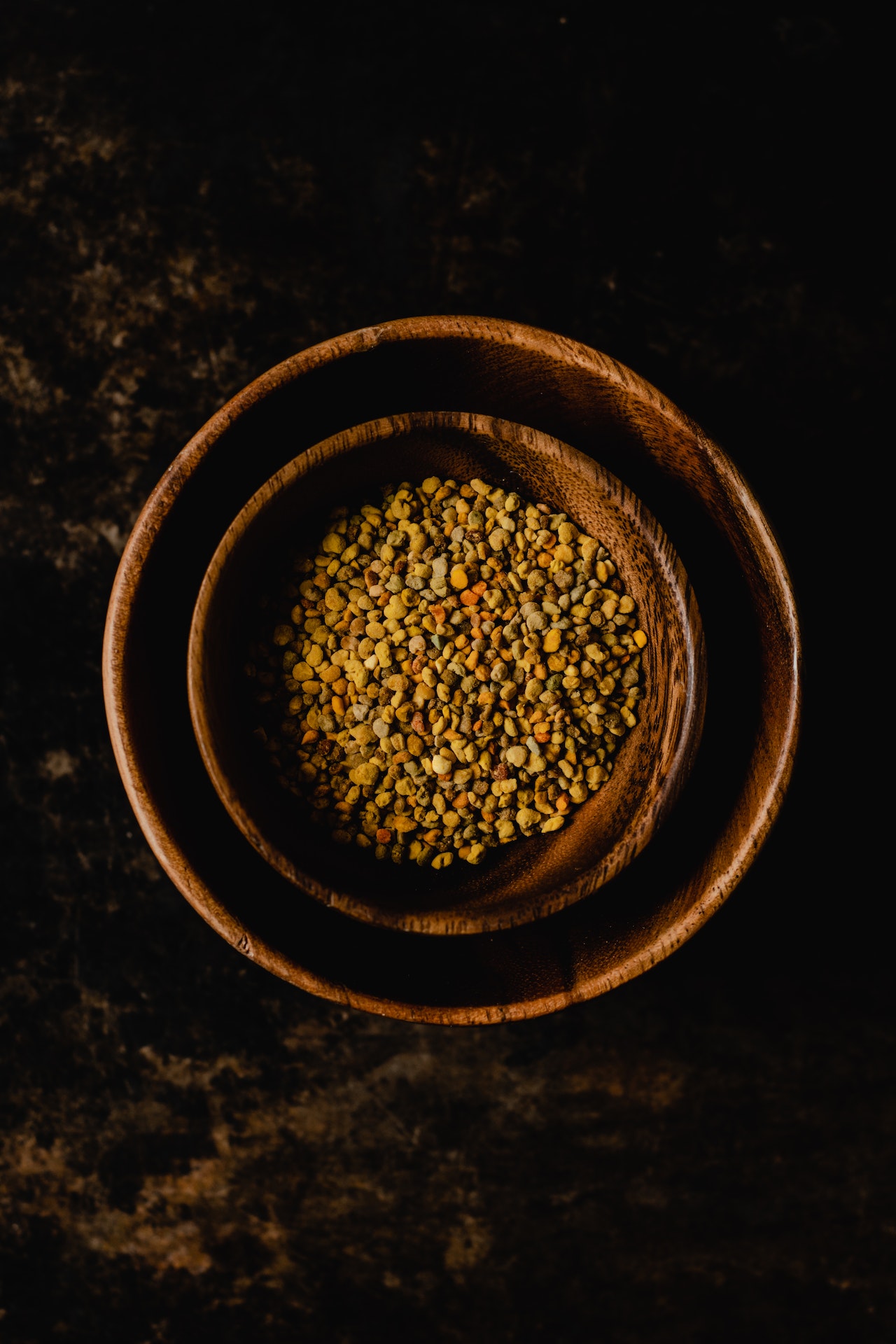Botanical Description:
Scientific Name: Eupatorium purpureum
Common Names: Gravel Root, Joe Pye Weed, Kidney Root
Description:
Gravel Root is a flowering perennial herb belonging to the Asteraceae family. Native to North America, it is characterized by its tall, purplish stems and whorls of pink to purplish flowers. The plant has a long history of use in traditional herbal medicine, particularly among Native American tribes and early European settlers.
Disclaimer:
This Materia Medica is provided for informational purposes only and should not replace professional medical advice. Please consult with a qualified healthcare practitioner or herbalist before using any herbal remedies.
Therapeutic Actions:
- Diuretic:
- Gravel Root is known for its diuretic properties, promoting the elimination of excess fluids from the body.
- Anti-Inflammatory:
- Exhibits anti-inflammatory effects, potentially beneficial for conditions involving inflammation.
- Analgesic:
- Traditionally used for its analgesic properties, aiding in pain relief.
- Urinary Tract Health:
- Historically used to support urinary tract health and address issues like kidney stones.
Constituents:
- Euparin:
- An active compound with diuretic properties.
- Flavonoids:
- Antioxidant compounds contributing to its medicinal benefits.
- Terpenes:
- Additional constituents with potential therapeutic effects.
Traditional Uses:
- Kidney Stones:
- Gravel Root has been traditionally used to address kidney stones and promote urinary tract health.
- Bladder Infections:
- Employed for its diuretic and anti-inflammatory effects in managing bladder infections.
- Joint Pain:
- Traditionally used for its analgesic properties to alleviate joint pain and discomfort.
- Fluid Retention:
- Utilized as a diuretic to reduce fluid retention.
Dosage and Preparation:
- Gravel Root Infusion:
- Infusions made from dried Gravel Root. Dosage may vary, and it’s essential to follow recommended guidelines.
- Tincture:
- Tinctures prepared using alcohol or glycerin. Dosage typically ranges from 30-60 drops, up to three times a day.
- Decoction:
- Preparing a decoction by boiling the root to extract its active constituents.
Cautions and Considerations:
- Pregnancy and Breastfeeding:
- Safety during pregnancy and breastfeeding is not well-established. Consultation with a healthcare professional is recommended.
- Allergic Reactions:
- Individuals with allergies to plants in the Asteraceae family should exercise caution.
- Existing Health Conditions:
- Individuals with pre-existing kidney or liver conditions should consult a healthcare provider before using Gravel Root.
Conclusion:
Gravel Root, with its tall stems and vibrant flowers, holds a significant place in traditional herbal medicine. From its diuretic and anti-inflammatory properties to analgesic effects, the plant’s active compounds contribute to its potential therapeutic benefits. Whether consumed as an infusion, tincture, or decoction, Gravel Root offers options for herbal use. However, caution is necessary, especially during pregnancy and for individuals with specific health conditions. This Exhaustive Materia Medica aims to provide comprehensive insights into Gravel Root’s botanical description, therapeutic actions, constituents, traditional uses, dosage, precautions, and applications. For personalized guidance, consultation with healthcare professionals or herbalists is recommended, ensuring safe and effective utilization of Gravel Root as a herbal remedy.





